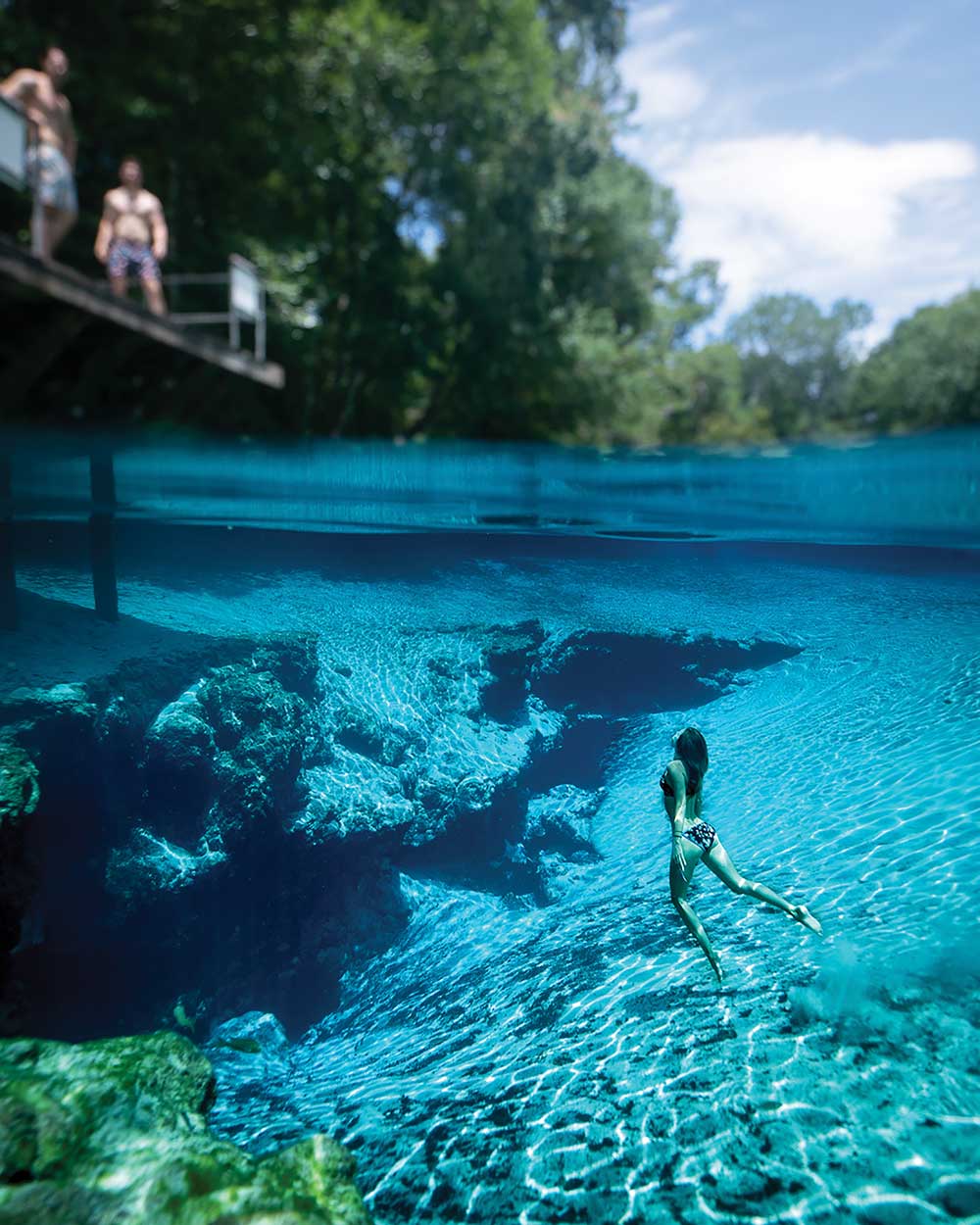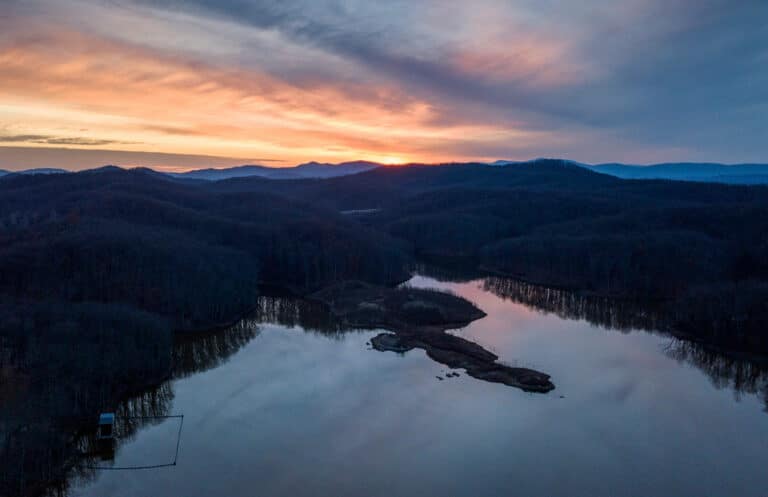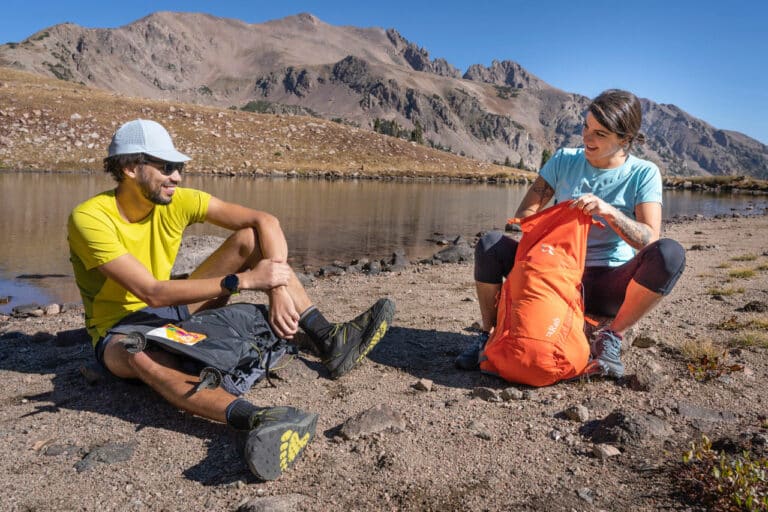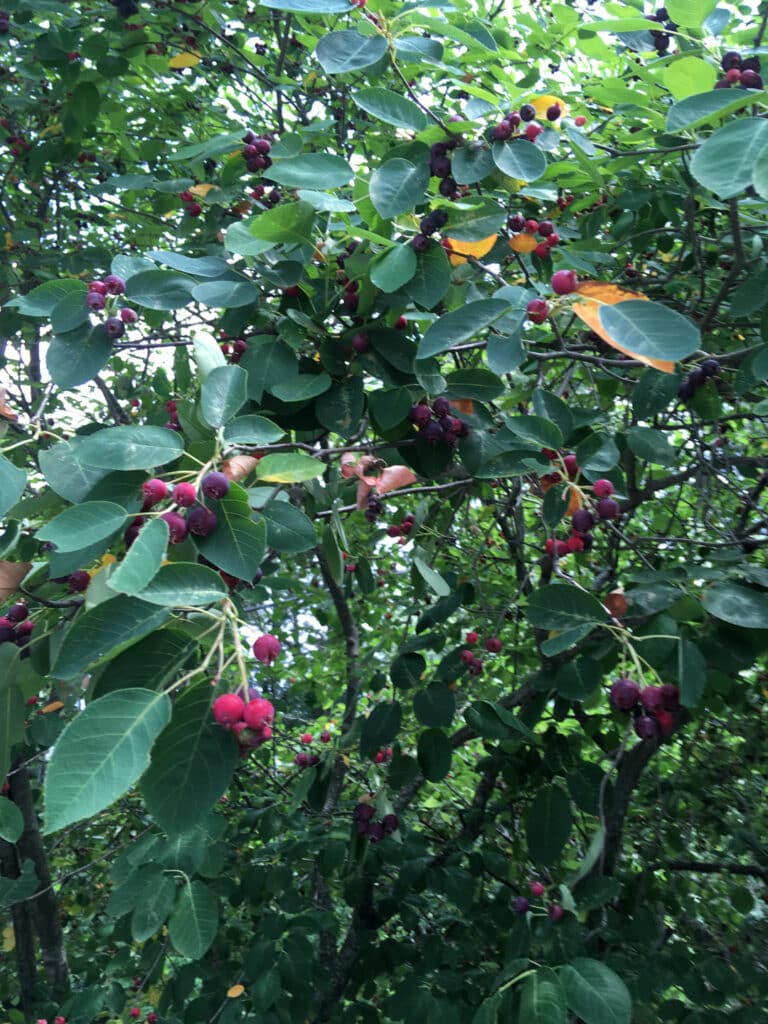Photo: Blue Spring is the largest spring at Gilchrist Blue Springs State Park, putting out 44 million gallons of water a day. / photo by Quin Schrock
The people and organizations who helped protect some of your favorite places
State parks are our everyday friends. We run and hike their trails and camp at these closer-to-home adventure spots that are often less heralded than national parks like Shenandoah and the Smokies. But how does a state park come to be? Blue Ridge Outdoors explored some of the region’s newest state parks and talked with the people who fought to get some of our most important natural resources protected.
The Beginning: Jacob Fork River (N.C.)
As with any kind of land purchase, a state park begins with the knowledge of a significant natural resource. This could be any number of factors, from wanting to protect a habitat for an endangered species to opening up river access for the public to enjoy.
States agencies gather all kinds of information on natural resources to provide clean water and conserve habitat. Organizations like the Foothills Conservancy in North Carolina can then take that data to prioritize projects for protection.
Tom Kenney, the land protection director for the Foothills Conservancy, works with a variety of partners to acquire lands for conservation and recreation.
“It’s not very common the case when we just see a real estate sign on the side of the road and decide we want to do a park there,” Kenney said. “It’s the combination of existing knowledge about significant natural resources and the opportunity for that particular property that helps in the conservation of such resources. The third part is working with state agency partners to see if it’s something they’re even willing to be involved with acquiring for public park and use.”
Early on in its history, the Foothills Conservancy identified the Jacob Fork and Henry Fork rivers in North Carolina as important resources to protect. When two landowners on the Jacob Fork expressed an interest in selling their property for conservation, the conservancy was ready.
Kenney and others from the conservancy visited the river by boat to get a feel for the area and the aesthetics that could appeal to visitors.
“The site visits were really invaluable in us really grasping that for a relatively developed section of Western North Carolina, this river and its bordering forests and land reminds one of the kinds of rivers that we have more where our public lands are located in the mountains,” Kenney said. “We saw early on that the public would really be excited about that type of resource because of the beauty, the quality, and the lack of development.”
The Foothills Conservancy purchased the 188 acres in April 2019 with funds set aside for conservation projects from the North Carolina Clean Water Trust Fund. They also raised private dollars as most grants have a matching requirement.
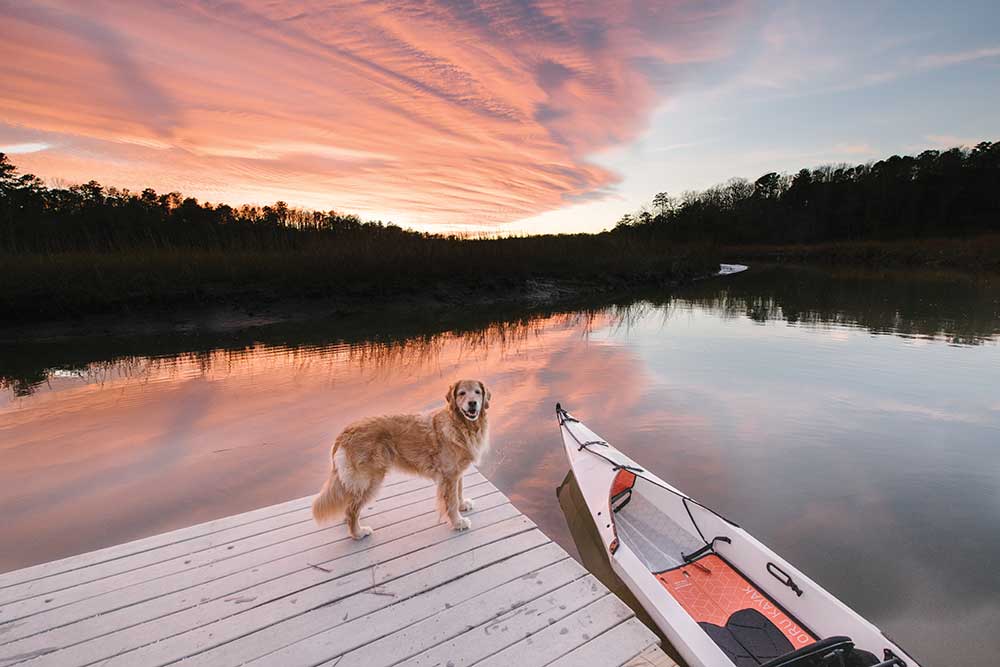
“No single funder wants to pay for a project all by itself,” Kenney said.
Although still in the early stages of development, the intent is to one day turn the land over to the state for a future park and public river access.
“It’s not unusual for transfers and public use of land to take one to three years,” Kenney said. “They have to ensure that they avoid impacts to sensitive resources and conduct a lot of planning so that trails and other types of outdoor uses are sustainable, meaning they’re going to be more cost-efficient to maintain over time. If the trail’s put in incorrectly and it constantly needs work and maintenance, that’s counterproductive. It takes time.”
Katie Hall, the public information officer for N.C. State Parks, said they hope to one day connect this land with Chimney Rock State Park and South Mountains State Park.
“These lands contain portions of the ancient South Mountains range, the highest and most rugged chain of isolated mountain ranges in the N.C. Piedmont,” she said. “Jacob Fork and Henry Fork rivers support high-quality aquatic habitats and several rare species.”
In the meantime, the Foothills Conservancy is sharing everything that they learned through their appraisals with the state. With the authorization legislation passing in early June, now comes the waiting as the state runs feasibility studies before officially acquiring the land.
“It’s been amazing how our local governments and our local partners have really come around to value our work,” Kenney said. “Parks and the types of projects we do, not only are they protecting water quality and natural resources, but our communities and our partners are really prizing these for local economic, tourism, and visitation efforts. Outdoor destinations are almost universally recognized now, particularly in our rural regions that we serve, as attractors and ways to better quality of life that new residents, young folks, and new businesses are often looking for in a community.”
Time and Patience: Widewater State Park (Va.)
For years, Dominion Energy and a few other corporations owned a large tract of land on the peninsula where the Aquia Creek flows into the Potomac River. There were a number of different plans for that piece of property, from a power plant to new residential developments.
But many Stafford County residents were unenthusiastic about those options.
In 2006, the Virginia Department of Conservation and Recreation acquired the land through the Trust for Public Land. Michele Mahoney, who lives in the middle of the property, started hearing rumors that they planned to turn it into a state park.
“I was so excited that the land around there was going to be a state park and that it was going to be saved,” she said. “I felt privileged that I’m living right in the middle of it.”
But a lot had to happen before Widewater would officially become a state park in 2018.
First came the surveys. DCR did environmental impact studies on sensitive habitats. They went through the Stafford County records, looking through the deeds for previous owners and uses of the property.
“You want to survey a site really thoroughly because you don’t want to end up with a superfund site,” Park Manager Paul Anderson said. “You don’t want to stumble upon something like that. That’s a process for every piece of land that the Department of Conservation and Recreation acquires. They have to make sure it’s suitable for our needs and for what we plan to do with it.”
Through all of this, the DCR also had to put together a master plan for the park. An advisory committee that included adjacent landowners, Stafford County supervisors, local business owners, and user groups, went over everything.
“You try to touch on every single aspect of what a park is, what this park will be, and what we’re going to try to make it,” Anderson said.
From a management perspective, the park presents some difficulties as it is broken up into five separate parcels instead of one continuous property.
After more than a decade of planning, surveying, and building, Widewater State Park opened in November 2018. Although all five parcels add up to more than 1,200 acres, only 100 acres are currently developed and accessible for the public.
This includes a mile-long trail, two picnic shelters, boat ramps, and paddle in only campsites. Anderson said all future development, including a fishing pier, trails, and overnight facilities, depends on the political climate and funding.
“I tell people it could be five years, it could be 10 years, it could be 20,” he said. “For me, the sooner the better. Hopefully before I retire.”
Another part of Anderson’s job as park manager is forming a relationship with the residents who live in and surround the park.
“One of the huge hinge points of this park is that it is developed in an already existing residential area,” he said. “A lot of parks are in more rural areas or were developed in the 30s. Then you had development sort of encroach around the park. We were the opposite. There was already established residential areas on the peninsula and here comes the park. So, there’s a lot of public relations, trying to make sure we’re a good neighbor to our adjacent landowners. We’re trying to utilize the land as best as possible while not creating a headache for Stafford County residents.”
Mahoney, who is the president and a founding member of the Friends of Widewater State Park, said locals are opening up to the idea of the park.
“There’s a lot of long timers that grew up in the neighborhood,” she said. “They’re used to the quiet, nobody’s out there, it’s just us kind of deal. Now, all of a sudden, we have a lot of strangers driving down roads that you may have seen two cars on any given Sunday 10 years ago.”
But for many, a park is a better alternative than another housing development or resort.
“I think more people are becoming very appreciative that DCR is saving this land for future generations,” Mahoney said. “They’re seeing, already, so much of the good things it’s bringing that I think it’s not as contentious as it initially was. Even though that land was there, it wasn’t really accessible. Even the locals who have lived there are finding out things about this land they didn’t even know about.”
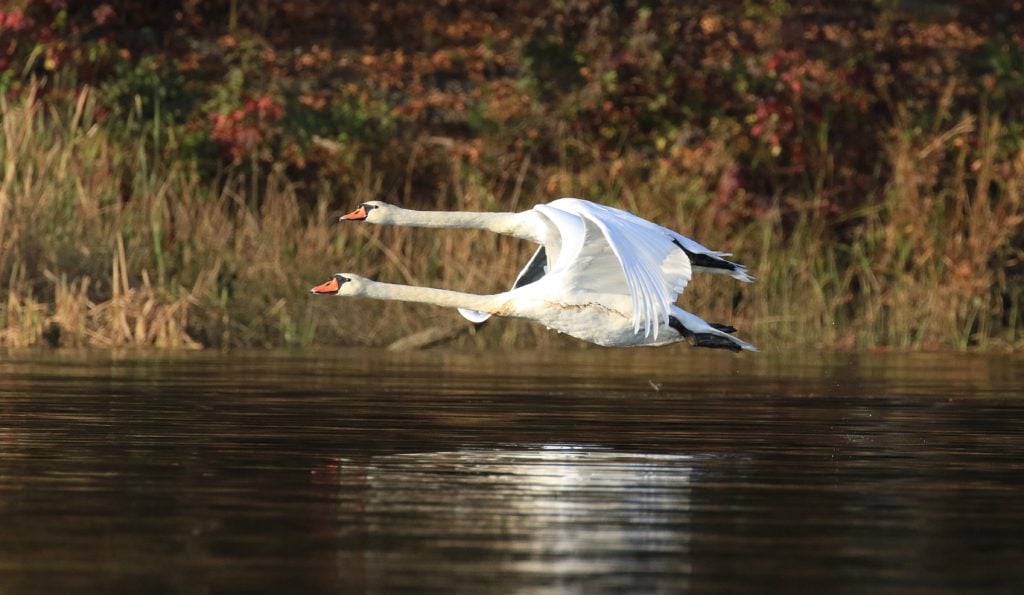
A Variety of Partners: Lamar Alexander Rocky Fork State Park (Tenn.)
For over 100 years, a series of corporate owners controlled the Rocky Fork tract in Eastern Tennessee, selling logging rights to timber companies. Each time the property changed hands, the new owners would allow the public to access the land for hiking, fishing, and hunting.
The U.S. Forest Service, conservationists, and recreationists spent decades working to get the more than 10,000 acres of land protected. Surrounded by Cherokee National Forest, the area offers a habitat for species of all kinds, from a 16-mile native brook trout stream to mating grounds for fireflies.
Rocky Fork was one of the first conservation acquisition projects Ralph Knoll worked on when he started with the Conservation Fund in 2006.
“It’s a snowflake; they’re all different,” he said. “This one was tougher because it was so large. The financial magnitude was significant.”
Previous attempts to buy the property in the late 1990s and early 2000s had fallen through. By the time all the interested parties geared up for another try, the property was owned by a pension fund managed out of Atlanta.
“When you work with an owner that is a pension fund, negotiations are much tougher because they have a fiduciary responsibility to their investors,” Knoll said. “The conversations are about what’s fair market value. As somebody who gets involved with these projects all the time, you want to think that land conservation ethic has some motivation for the seller. In this case, it’s all about dollars.”
When the owners put the land up for sale in 2005, the price had increased from eight million dollars in 1999 to an estimated 30 million.
“It was an expensive piece of property,” Knoll said. “They argued if you guys don’t buy it, we’re going to sell it to a developer. Now would somebody have purchased this property and put in high end homes? No one’s ever going to know. But that was the threat. There was significant support to see the property conserved.”
The land was finally purchased for just under 40 million dollars in 2008. Most of that money came from the Conservation Fund’s internal revolving fund. Over time, the Forest Service acquired 8,000 acres from the Conservation Fund with money from the federal Land and Water Conservation Fund.
The Southern Appalachian Highlands Conservancy also received a grant of $6 million from the state of Tennessee through the Heritage Conservation Trust Fund for the purchase.
The remaining 2,000 acres were earmarked for a new park equal to the state’s contribution. Four years after officially opening, state officials and local citizens are still trying to figure out what, if any, development should occur in the park.
“A project like this is a community effort,” Knoll said. “This couldn’t have been made possible without all kinds of support from all kinds of individuals and groups. That’s the only way these projects work.”
The area was also a high priority for the Appalachian Trail Conservancy. For years, the trail ran along a ridge crest close to the North Carolina-Tennessee state border. Southern Regional Director Morgan Sommerville, who started with the ATC in 1983, said the effort to protect that tract predates his time.
“We had been waiting for nearly 30 years to do a relocation that would take it off the ridge crest, which was an old road and not the most scenic location for the AT,” he said. “So once the acquisition went forward, we moved the AT off the ridge crest slightly into Tennessee. Because of the aspect and slope there, it is a much prettier location. The trail goes through hardwood forests, lots of wildflowers, different kinds of trees.”
In addition to better views, this section of the AT is now protected on public land. The current route is only three miles from the Rocky Fork trailhead.
“We do hope to make formal connections between the AT and the trail system in the park as a gateway to the Appalachian Trail in Northeastern Tennessee,” Sommerville said. “We don’t have anything formalized yet, but we hope to be working with the state park managers to figure out the best places to hook a trail up.”
With the purchase, the 10,000-acre Rocky Fork tract will remain part of a larger habitat within the already existing Cherokee National Forest and Sampson Mountain Wilderness.
“It was one of the largest unprotected areas in the Southern Appalachians,” Knoll said. “You look at it from a forest fragmentation perspective, the fact that it’s now protected maintains that biodiversity.”
A Private Park: Ruth B. Kirby Gilchrist Blue Springs State Park (Fl.)
For more than 50 years, Kim Davis’ family ran Blue Springs as a private park, welcoming visitors to jump into the refreshing waters of the springs and spend the day outside.
Davis still remembers pulling up to the park and seeing the spring for the first time.
“I stood at the top of the hill and all I saw was this crystal-clear water,” she said. “I remember the enthusiasm and excitement I had that very first time I ever laid eyes on it. The one thing I never lost in all these years was the wonderment of seeing kids that had never seen anything like this before get out of the car and you hear the gasp.”
Davis and her brother, Matt Barr, would help their parents around the park in their spare time.
“We’d come home from school and immediately start emptying the garbage cans, cleaning the restrooms,” she said. “What you do when you’re part of the family and have a business.”
The property had been in her family since 1960 when Ed Wright gifted Blue Spring to Ruth B. Kirby as an engagement gift. Kirby, Davis’ great aunt, went on to build up the property into a private park.
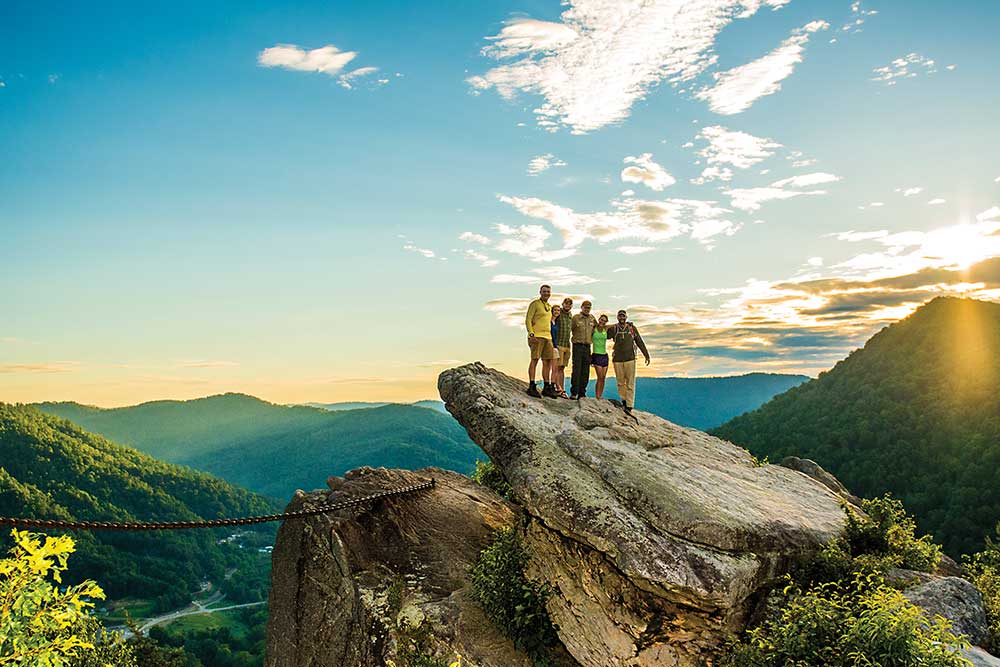
She put in a wooden boardwalk, diving platform, and water access so the public could enjoy the springs as much as she did. She charged a 10-cent admission fee to help maintain the property.
Harry Barr, Davis’ father, moved the whole family in 1971 to help Kirby run the park as she got older. Barr continued to run the springs as a private park after Kirby passed in 1989.
“You had people coming from New York City say that the only time they saw trees was in Central Park,” Davis said. “The thing was not to overload it with concrete and keep it natural.”
Davis took on more and more responsibility with the park, eventually managing the overall operation and day-to-day.
“When you’re under private ownership, you have to somewhat make a profit in order to pay your exorbitant insurance on a park like that,” she said. “People don’t understand that. You have a quarter-mile boardwalk made of solid wood that is constantly getting rebuilt, the docks, and the maintenance of 400 acres. And you want to take care of your employees.”
When both of their parents passed away within months of each other in 2013, Davis and her brother decided it was time to sell.
“We immediately had offers on the table, which were much more than what we sold it for,” Davis said. “But everybody wanted to close it down. That was not our goal. The whole goal for all those years since 1960 was pure preservation. God doesn’t create springs anymore. What’s here is here. You’re talking water that is crystal clear. It’s 72 degrees year-round.”
Instead of selling the property to one of the many commercial buyers who wanted to develop the 400 acres, the siblings looked for a buyer who would protect it and keep it open for the public.
“One pushed a check across the table, and I said no because he wanted to close it down,” Davis said. “He said, ‘You’re an idiot.’ Well that may be your opinion, but the spring has to stay open. I could have sold it within the first month, but I worked it longer.”
Through their agent, Charlie Houder, they started looking at turning the property into a state park. Houder, who previously worked for the water management district, knew about the Florida Forever program that sought to acquire and protect high quality resources.
“Springs in Florida are the window to the health of our groundwater,” Steve Cutshaw said. “Almost 90 percent of all drinking water in Florida comes from springs. A lot of states have large, freshwater lakes. But Florida, it’s all based on our karst springs or aquifer-fed springs that really gives us drinking water. So, we cherish that.”
Cutshaw, the chief of the Office of Park Planning under the Florida Department of Environmental Protection, said there are approximately 1,000 springs in Florida, and they are highly valued by the state.
Of the five springs onsite, Blue Spring alone puts out 44 million gallons of water a day.
In addition to preserving the springs, turning the private park over to the state would allow people to continue visiting a place that many had been going to for years.
“The park was already being operated as a private park, but in a lot of ways, like a state park,” Cutshaw said. “They had camping. They had swimming. So, it was very important to us to be able to keep that. It in turn creates economic impact for that part of the state around that park. So, it’s a symbiotic relationship between the resource, recreation, economic impact, and then balancing it all. Once we realized that, it was a really easy fit for us.”
After years of waiting for the right time politically, the state legislature unanimously approved the purchase of the property and the state park officially opened under new ownership in October 2017. Davis and her brother sold the property for 5.52 million dollars, almost half of the original 10 million dollar asking price.
“The landowners solely wanted the land in conservation,” Cutshaw said. “That’s fantastic and is heartwarming these days to see that. There’s so few of our natural resources out there. To see private landowners that really are staying true to that, knowing that the land must be conserved and preserved into a certain percentage or we’re going to fail in our jobs as land stewards.”
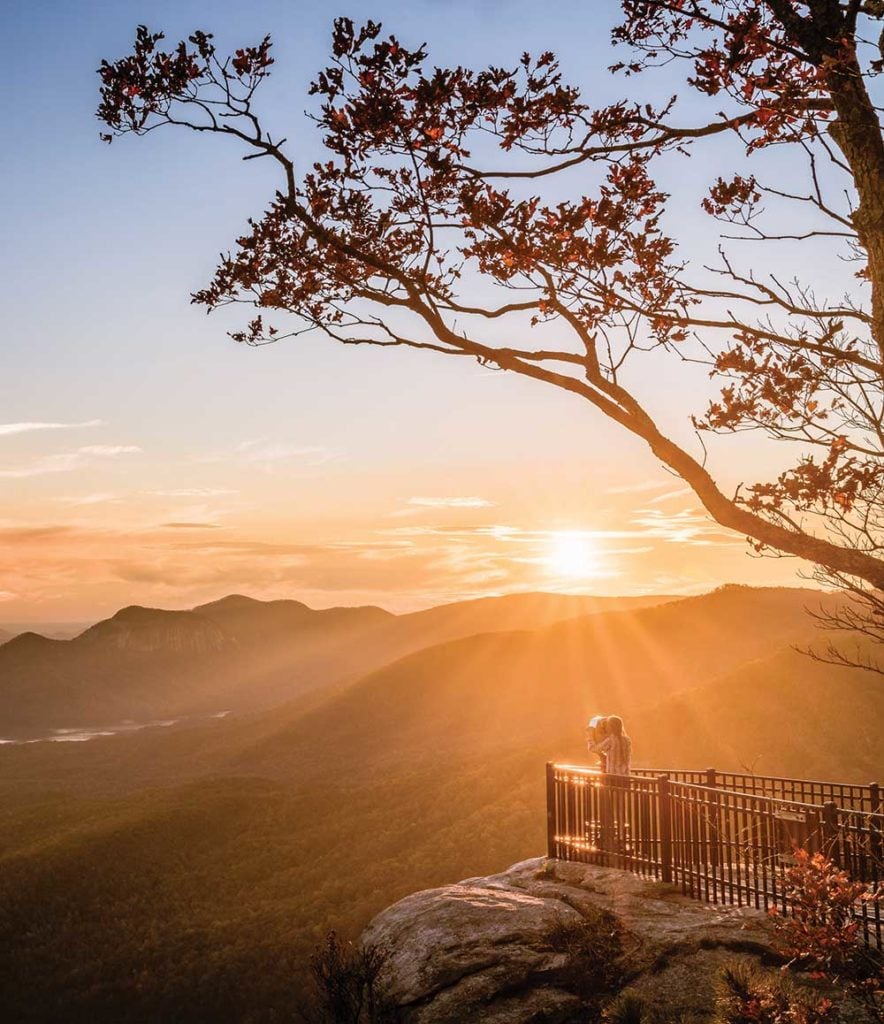
In June 2019, the park was renamed Ruth E. Kirby Gilchrist Blue Springs State Park after the woman who pushed for springs preservation for so many years.
“I think I did right by Aunt Ruth,” Davis said. “I think this is what she would have wanted. It’s not all about the almighty dollar. You have to do what’s right.”
The Mid-Atlantic and Southeast are home to hundreds of state parks. Check out a few of our favorites.
Pine Mountain State Resort Park (Ky.)
From hiking and birding to swimming and miniature golf, there’s something for the whole family at Kentucky’s first state park.
York River State Park (Va.)
This coastal park is the perfect place to explore the river and marshes by boat or trail as you scan the waters for wildlife.
Hanging Rock State Park (N.C.)
Hike, bike, paddle, rock climb, and camp as you take in the mountains and waterfalls.
F.D. Roosevelt State Park (Ga.)
Hike the Pine Mountain Trail or swim in the swimming pool fed by cool springs built by the Civilian Conservation Corps.
Rocky Gap State Park (Md.)
Check out some of the bluest water in Maryland or view the gorge from an overlook.
Greenwood Furnace State Park (Penn.)
Explore the grounds of this once thriving ironmaking village by foot, boat, or skis.
Blackwater Falls State Park (W. Va.)
Named for the iconic cascading falls, this is a must-see West Virginia stop.
Caesars Head State Park (S.C.)
From granitic gneiss outcroppings to a 400-foot waterfall, discover the scenic overlooks on the edge of the Blue Ridge Escarpment.
Carter Caves State Resort Park (Ky.)
Head below ground and walk through time in Kentucky’s cave region.
South Mountains State Park (N.C.)
Go for a challenging mountain bike ride, cross streams on horseback, or go all out on a backcountry camping experience. •
